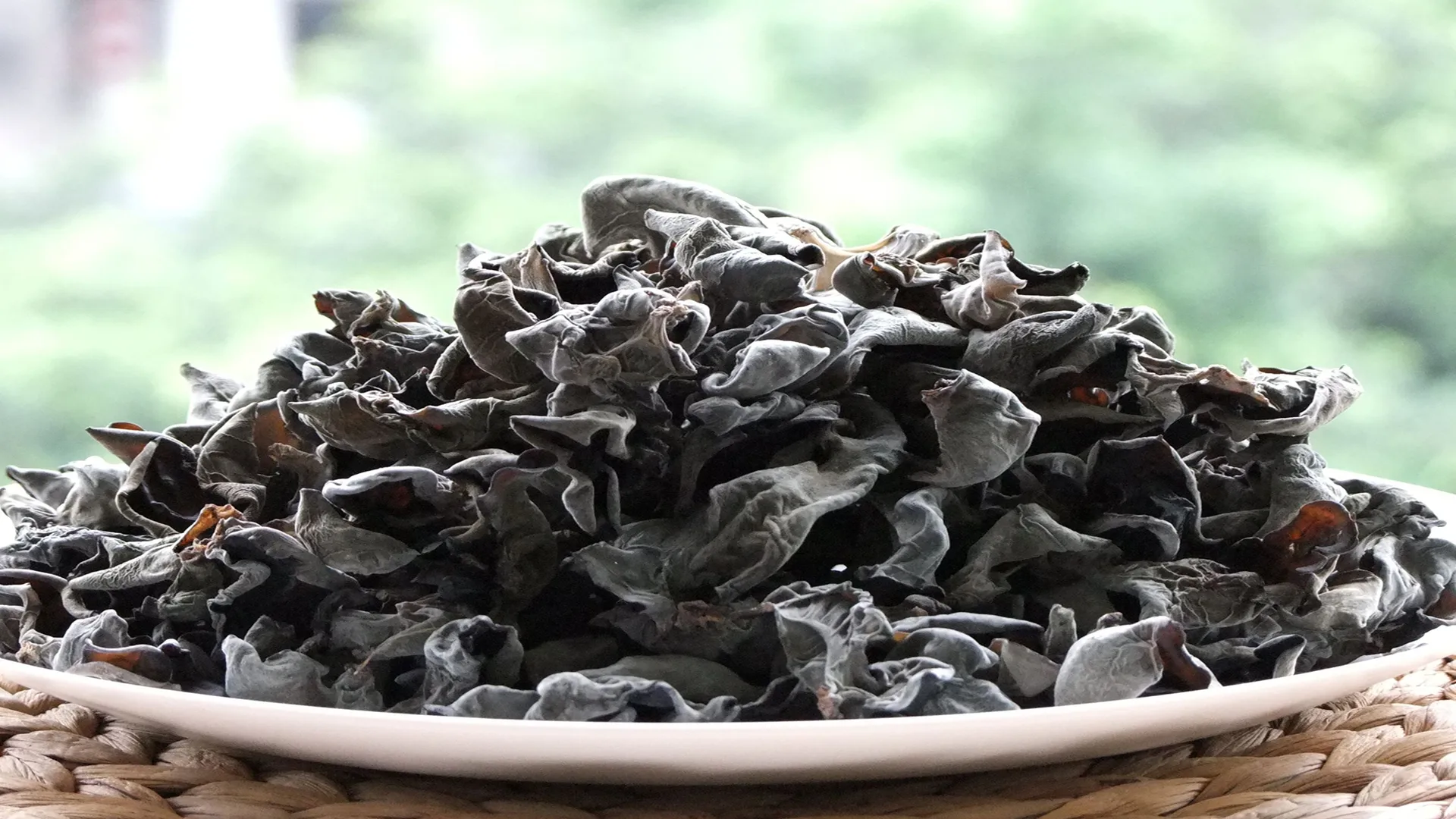광양에서 온 칭호안 검은 곰팡이의 맛있는 세계, 사천
소개:
요리 애호가로서, 나는 항상 중국 요리의 다양하고 풍부한 맛에 매료되었습니다.. Among the many regional specialties, the Qingchuan black fungus from Guangyuan city in Sichuan province stands out for its unique taste and cultural significance. This geographically marked product is not just a food but a testament to the region’s heritage and culinary prowess. Let’s delve into the world of Qingchuan black fungus, exploring its origins, cultural background, and how it transforms into a delectable ingredient in various dishes.
기원과 문화적 배경:
Qingchuan black fungus, 도 알려져 있습니다 “wood ear” 또는 “tree ear,” has a long history in Chinese cuisine, dating back to the Tang Dynasty. It is deeply rooted in the culture of Sichuan, a province known for its spicy and bold flavors. The fungus thrives in the pristine forests of Qingchuan, where the climate and natural conditions create an ideal environment for its growth. This has led to the region being recognized for producing some of the finest black fungus in China.
Materials and Preparation:
The making of Qingchuan black fungus involves a meticulous process. The fungi are meticulously harvested from the logs they grow on, cleaned, and then dried to preserve their natural flavors and nutrients. The key materials include the black fungus itself, which is rich in dietary fiber, minerals, and vitamins, and water, which is used for rehydration. The fungus is soaked in water until it becomes soft and plump, a process that enhances its texture and flavor.
맛과 외모:
When rehydrated, Qingchuan black fungus boasts a unique, slightly slippery texture with a delicate crunch. Its taste is subtly earthy with a hint of sweetness, making it a versatile ingredient that can be used in both sweet and savory dishes. 시각적, the fungus is dark brown with a distinct, almost translucent quality, resembling the shape of an ear, hence its name.
대표 요리 및 요리 용도:
Qingchuan black fungus is a star ingredient in a variety of dishes, particularly in Sichuan cuisine. As a凉拌 (cold dish), it can be marinated with a dressing of garlic, soy sauce, and chili oil, creating a refreshing and spicy appetizer. For炖汤 (stewed soup), it pairs beautifully with chicken or pork, adding a rich, umami flavor that enhances the broth. The fungus also adds texture and depth to hot pots and stir-fries, making it a popular choice for home cooks and professional chefs alike.
요리 특성:
The distinctive qualities of Qingchuan black fungus lie in its ability to absorb flavors from other ingredients while maintaining its own unique taste. It is low in calories and high in nutrients, making it a healthy addition to any meal. Its versatility knows no bounds, as it can be used in both traditional and modern recipes, from classic Sichuan dishes to innovative fusion cuisine.
결론적으로, Qingchuan black fungus from Guangyuan is more than just a food item; it is a culinary treasure that carries the essence of Sichuan’s rich culinary culture. Whether enjoyed in a simple凉拌 dish or as part of a hearty炖汤, this geographically标志产品 offers a taste experience that is truly unforgettable.
